Financial Management: Reasons for Proposal Reconsideration
VerifiedAdded on 2021/05/30
|5
|756
|40
Report
AI Summary
This report analyzes a financial management case study involving Airway Technologies, which is considering investing in a new device. The report evaluates the proposal despite the positive Net Present Value (NPV) and Internal Rate of Return (IRR) calculations, highlighting the associated risks. It discusses the limitations of NPV and IRR, such as the failure to account for inflation and the time value of money, as well as the potential for conflicting results and the omission of risk premium. The report emphasizes the importance of re-evaluating the proposal by considering inflationary effects and the probability factor to minimize project risk. Furthermore, it also discusses the potential advantages, such as becoming a market leader if the system is adopted. The report concludes by recommending that Airway Technologies consider these factors to make an informed decision regarding the investment in the proposed system A.
1 out of 5
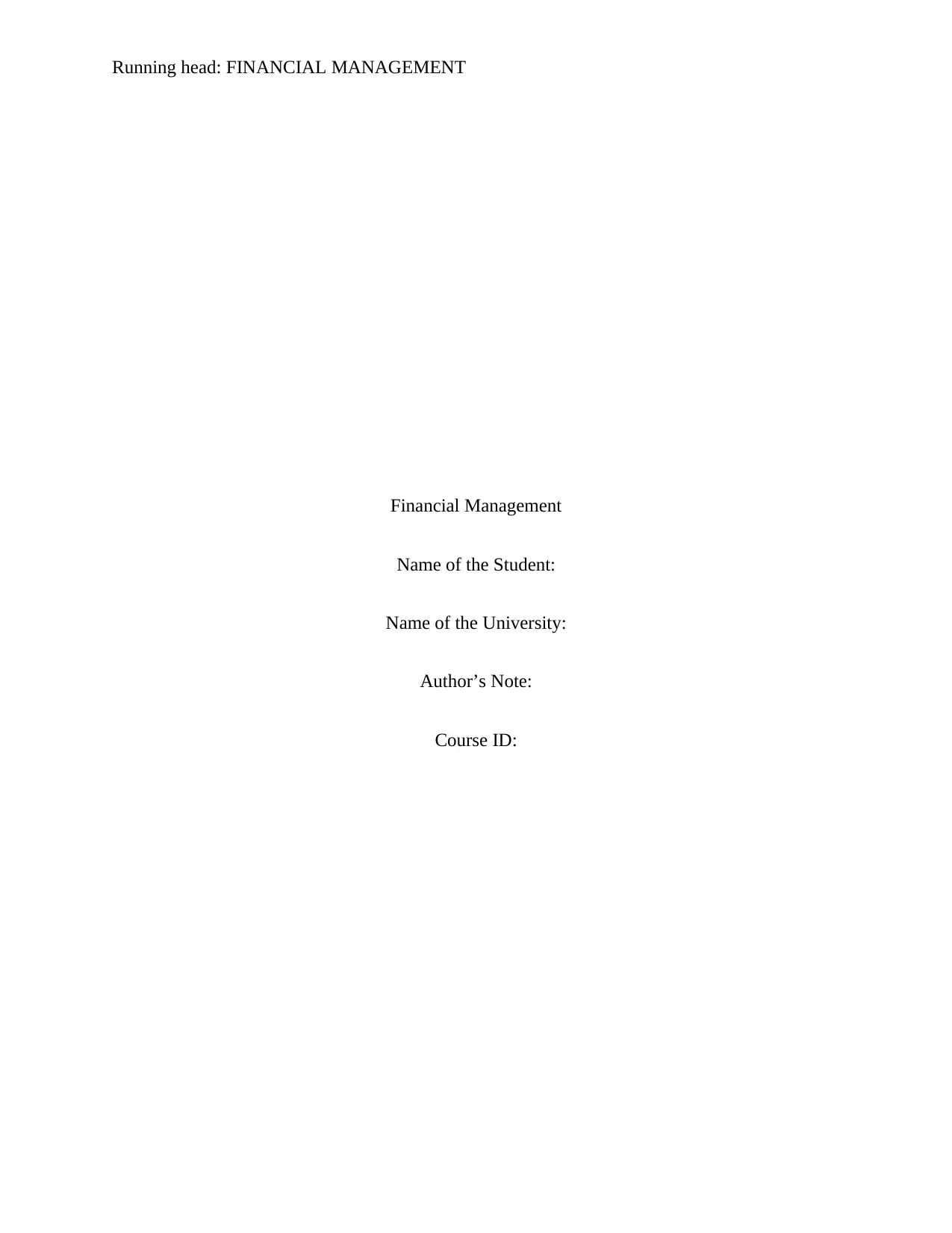
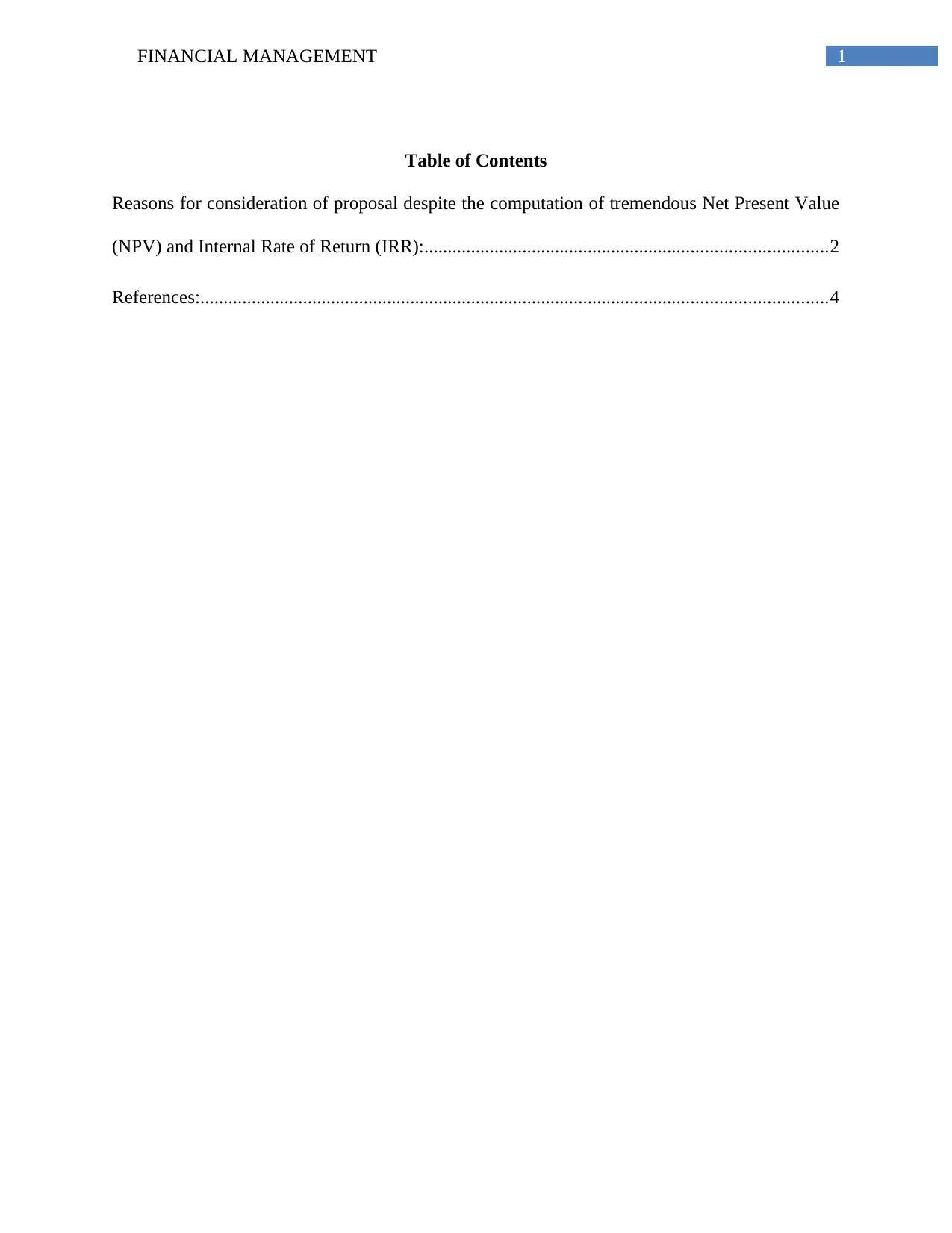
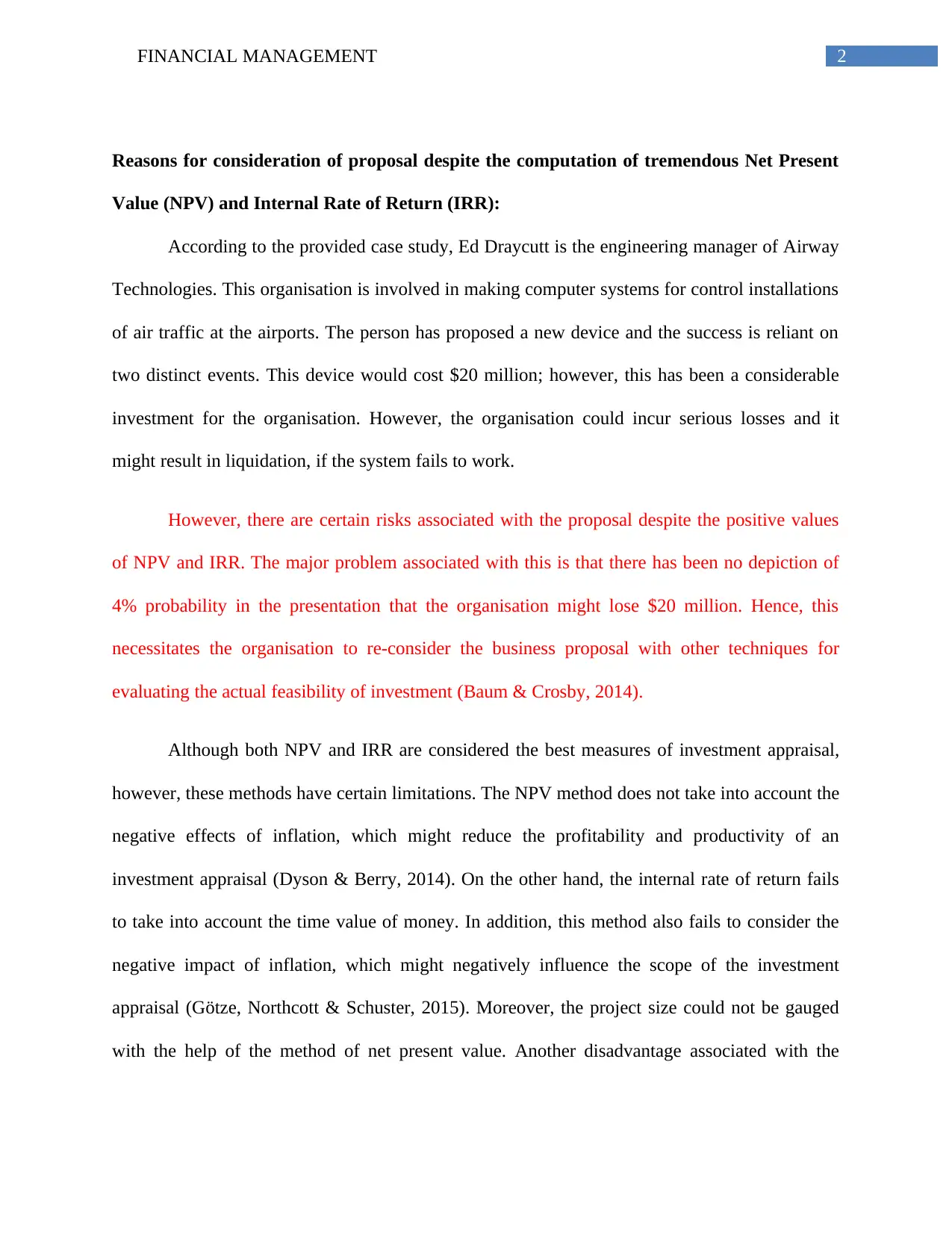

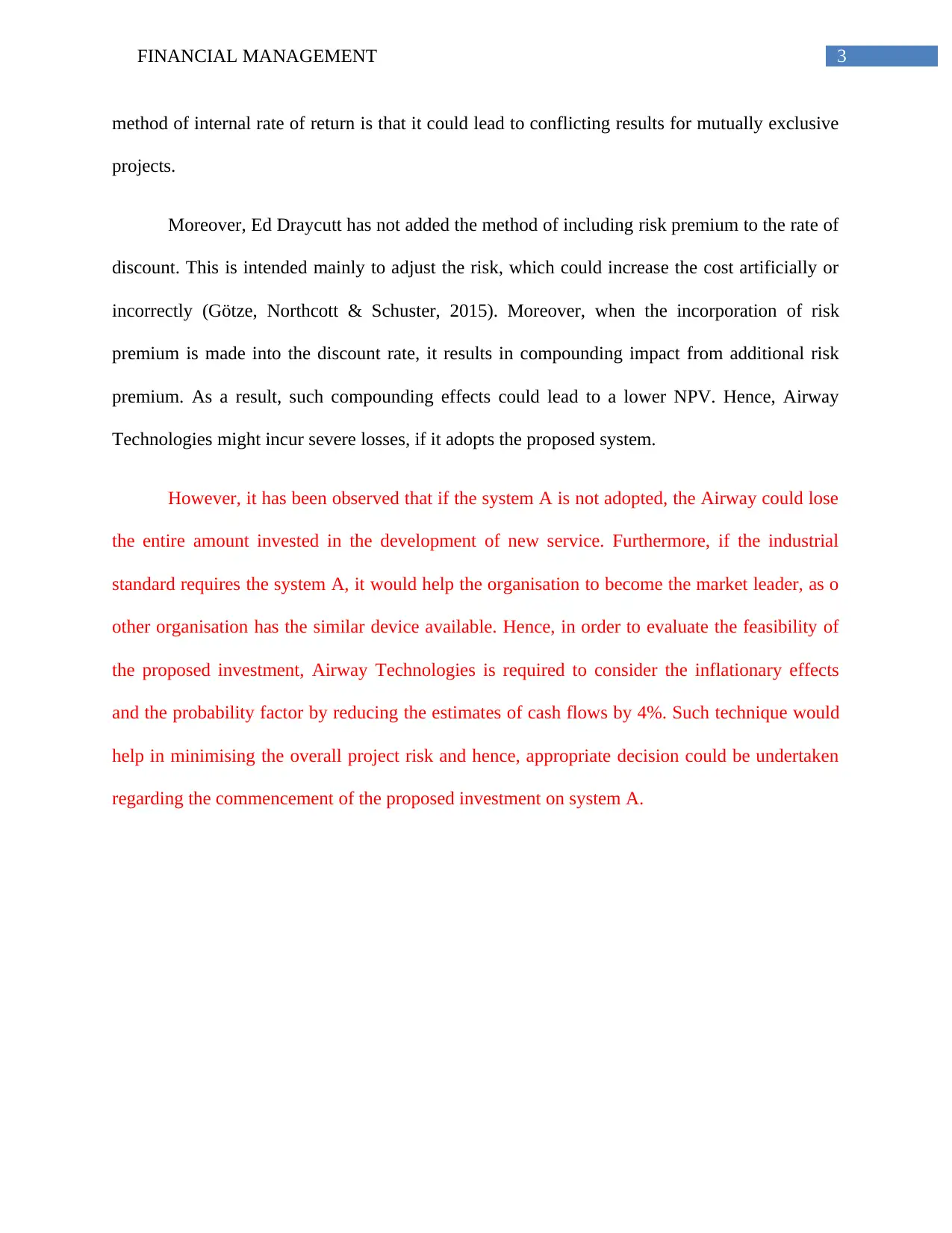
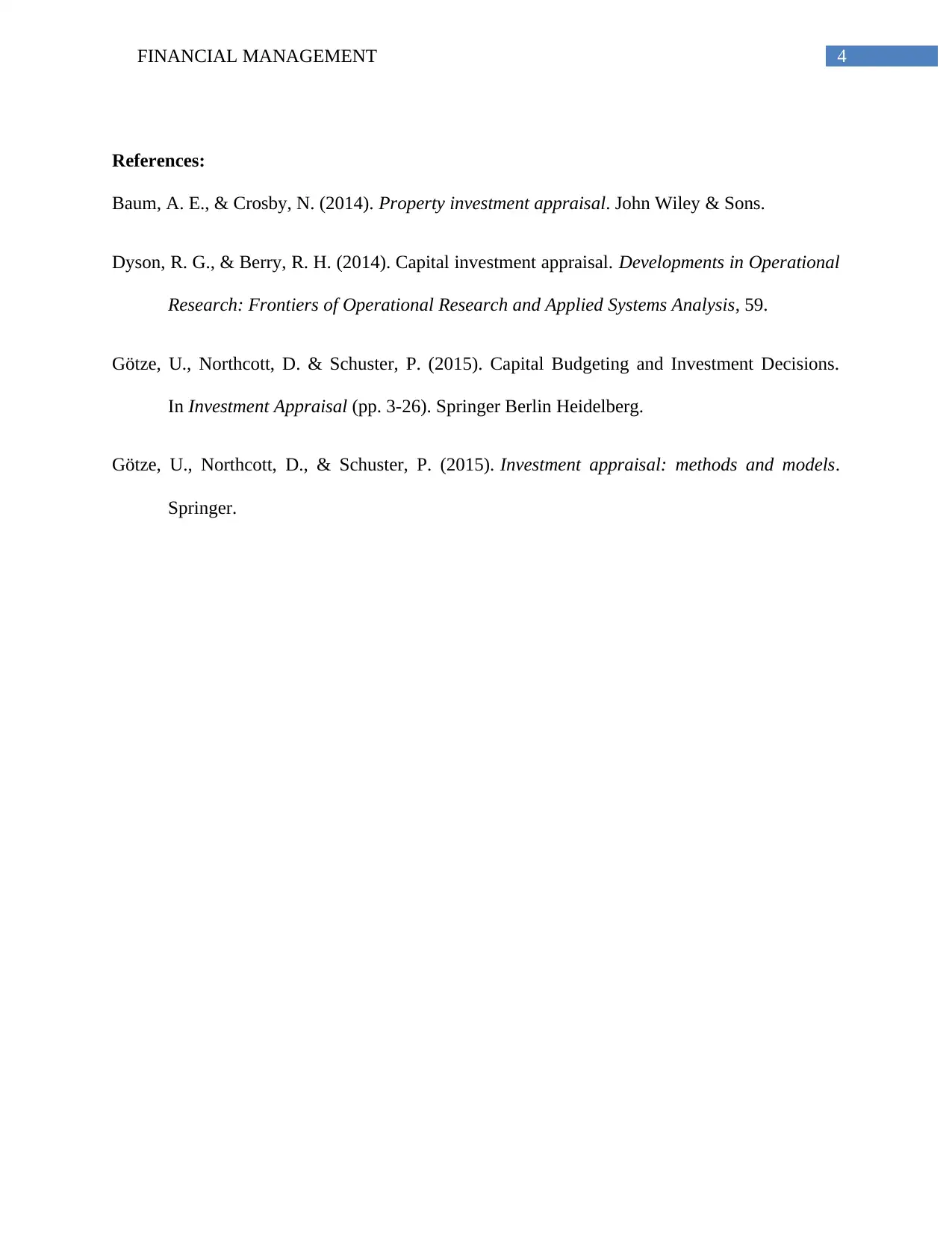






![[object Object]](/_next/static/media/star-bottom.7253800d.svg)